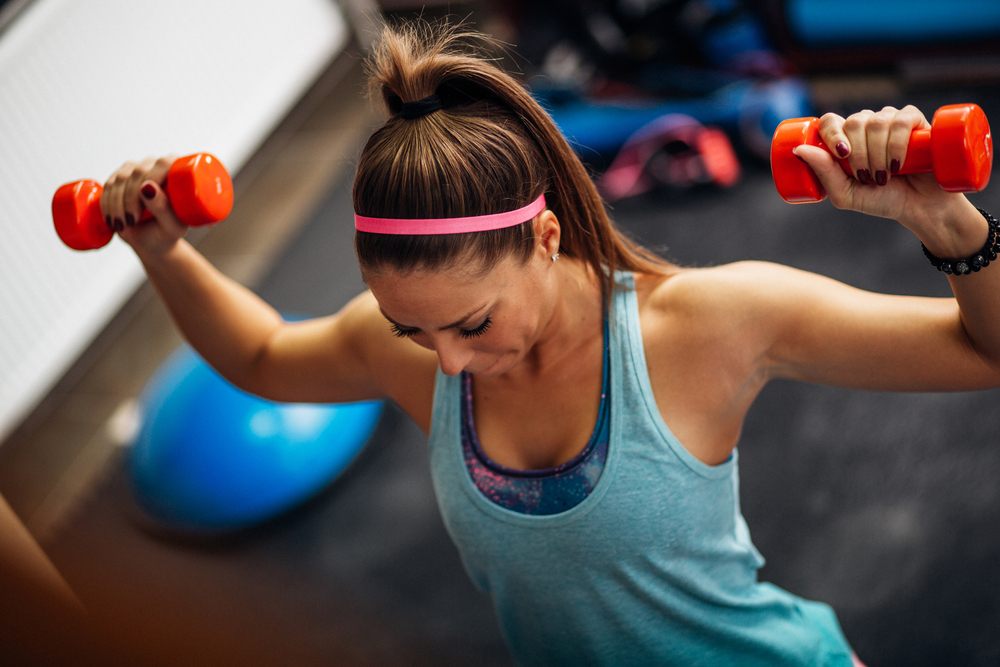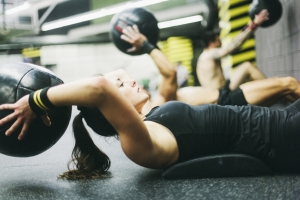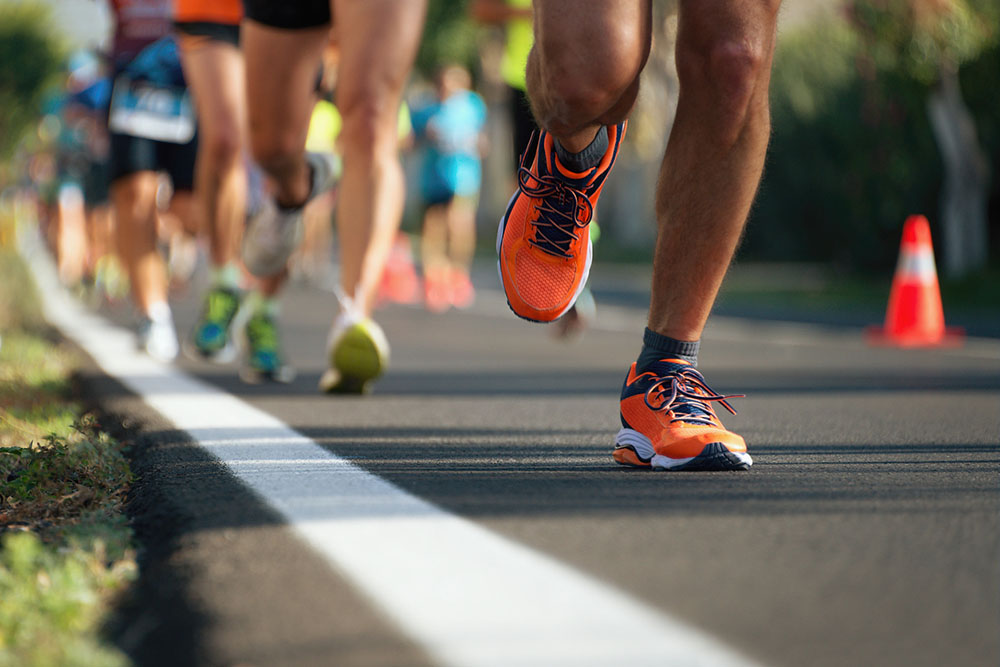Training Your Body and Brain

Contributed by Julia C. Basso, PhD, Post-doctoral Research Associate at the Center for Neural Science and New York University
Training Your Body and Brain
Many different forms of exercise exist. At the gym, we are given options to use the treadmill, stationary bicycle, Stairmaster, elliptical or participate in a yoga, Zumba or spin class. We are faced with the question of what is the best and most efficient way to exercise? Only 20.3% of the US population meets the guidelines for both aerobic and muscle-strengthening physical activity. This fact indicates that the majority of us do not have the time and/or motivation to exercise. Therefore, knowing what the most effective and efficient way to exercise may be an important motivator to get and keep us exercising.
Sports science shows that mode, frequency, duration and intensity are important factors in determining the beneficial effects of exercise training. Compared to continuous endurance training (i.e., exercising at a continuous pace for an extended period of time), high-intensity interval training (HIIT) has recently been shown to be a more efficient way to achieve improvements in physical fitness. HIIT is characterized by exercising for about 4-minute bouts at approximately 90-95% of maximum heart rate (MHR). Then, you do 2- to 3-minute bouts of active recovery at approximately 60-70% of MHR.
Training Goals
What exactly are we trying to accomplish so efficiently with our exercise regimen? The answer is that we are trying to increase our cardiopulmonary functioning or VO2 max level. VO2 max or maximal oxygen uptake is a measure of how our lungs, circulatory system and heart function in an integrated way to take in, deliver and exchange oxygen and carbon dioxide, providing our muscles the available energy we need to exercise. The greater our VO2 max level, the better our bodies are at delivering and utilizing the supplied oxygen so that we can exercise longer and harder. That is, the greater our VO2 max level, the more fit we are. VO2 max is influenced by age, gender, and genetics. However, VO2 max can be effectively increased with regular exercise.
Being more fit or having a higher VO2 max level provides a variety of benefits for both physical and mental wellbeing. For example, people who are more fit have lower levels of obesity, coronary heart disease, diabetes, cancer, arthritis, and sexual dysfunction. Additionally, physically fit individuals show improved mental health including decreased levels of depression and anxiety and improvements in mood and sleep quality.
Cognitive Performance
VO2 max has also been shown to be positively correlated with cognitive performance. Specifically, the greater your fitness the level, the better you are at learning and remembering information. This is especially true if the task being performed depends on the prefrontal cortex. This area of the brain involved in executive functions including attention, short-term memory, problem-solving and planning. A recent study tracked 1,400 healthy individuals, ages 19-94 years of age, for up to 18 years (average 7±3 years). It found that those with lower VO2 max scores at baseline testing showed accelerated rates of decline in both visual and verbal memory. Essentially, individuals who are more fit show improved brain functioning and less risk of cognitive decline over time.
 Conclusions
Conclusions
In conclusion, improving your VO2 max score, the gold standard for quantifying fitness, can lead to a variety of physical and mental health benefits. Many of us are short on time and looking for ways to get things done quickly. However, HIIT is the fastest way to exercise yourself to a healthier body and mind. Take advantage of those 45-minute lunchtime spin classes or hour-long cardio-sculpt classes after work. Most physical fitness trainers are aware of the benefits of HIIT. Furthermore, they incorpoate them into their workout offerings at the gym.
If you are located in NYC and are interested in having your VO2 max tested or to learn more about some of the exercise studies we are conducting at New York University, please contact me, Dr. Julia Basso, at jb4590@nyu.edu.
References:
Center for Disease Control and Prevention: http://www.cdc.gov/nchs/fastats/exercise.htm
Hillman CH, Erickson KI, Kramer AF (2008). Be smart, exercise your heart: exercise effects on brain and cognition. Nature Reviews Neuroscience, 9(1): 58-65.
Penedo FJ & Dahn JR (2005). Exercise and well-being: a review of mental and physical health benefits associated with physical activity. Current Opinion in Psychiatry, 18(2): 189-93.
Wendell CR, Gunstad J, Waldstein SR, Wright JG, Ferrucci L, Zonderman AB (2014). Cardiorespiratory fitness and accelerated cognitive decline with aging. The Journals of Gerontology. Series A, Biological Sciences and Medical Sciences, 69(4): 455-62.
Wisløff U, Øyvind E, Kemi OJ (2009). High-intensity interval training to maximize cardiac benefits of exercise training? Exercise and Sports Sciences Reviews, 37(3): 139-46.
You Might Like:
















